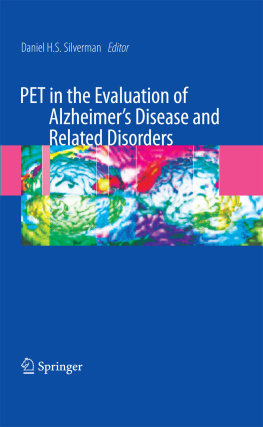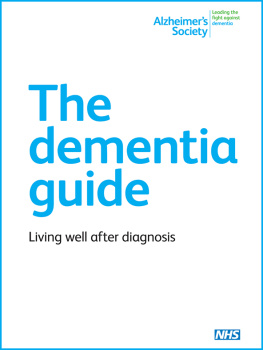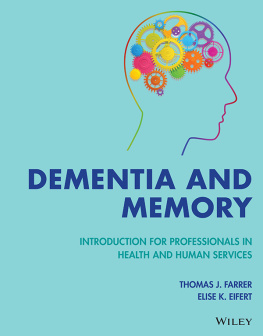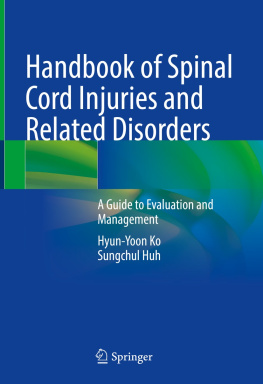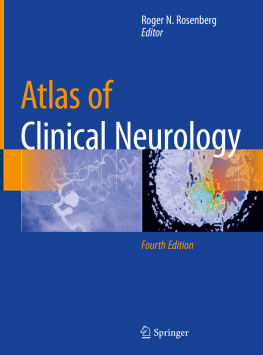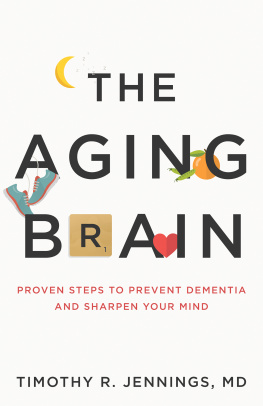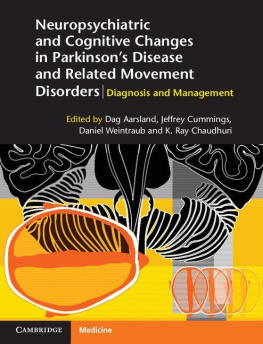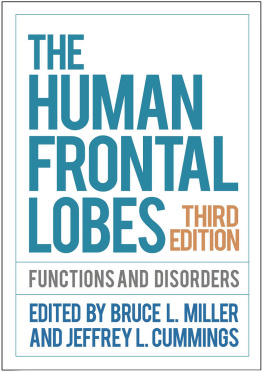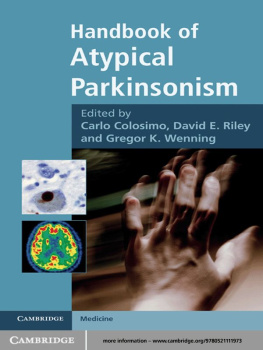Dan Silverman (ed.) PET in the Evaluation of Alzheimer's Disease and Related Disorders 10.1007/978-0-387-76420-7_1 Springer Science + Business Media, LLC 2009
1. Clinical Evaluation of Dementia and When to Perform PET
The number and proportion of adults over 65 years is expected to increase rapidly over the next several decades. According to projections from the United States Bureau of the Census, 1 between the years 2000 and 2030, the population aged 65 and over is expected to double from 35 to over 70 million. The largest proportion of older adults will be between the ages of 65 and 74 years, and the largest growth is projected to occur in individuals 85 years and older, increasing from 4.3 to 8.8 million. Because age is the greatest risk factor for dementia, as the population of elderly people increases, so will the number of patients suffering from dementia. Given that early treatment interventions are able to keep patients at higher levels of functioning and future innovative therapies may be able to delay the onset of dementia and slow its progression, it is becoming increasingly important to accurately diagnose dementia as early as possible. This chapter outlines the basic elements of a clinical diagnostic evaluation for Alzheimers disease (AD) and other dementias; and also addresses how to identify candidates for a dementia evaluation, discusses the role of neuroimaging in a clinical dementia evaluation, and identifies future directions
The number and proportion of adults over 65 years is expected to increase rapidly over the next several decades. According to projections from the United States Bureau of the Census, between the years 2000 and 2030, the population aged 65 and over is expected to double from 35 to over 70 million. The largest proportion of older adults will be between the ages of 65 and 74 years, and the largest growth is projected to occur in individuals 85 years and older, increasing from 4.3 to 8.8 million. Because age is the greatest risk factor for dementia, as the population of elderly people increases, so will the number of patients suffering from dementia. Given that early treatment interventions are able to keep patients at higher levels of functioning and future innovative therapies may be able to delay the onset of dementia and slow its progression, it is becoming increasingly important to accurately diagnose dementia as early as possible.
This chapter outlines the basic elements of a clinical diagnostic evaluation for Alzheimers disease (AD) and other dementias; and also addresses how to identify candidates for a dementia evaluation, discusses the role of neuroimaging in a clinical dementia evaluation, and identifies future directions.
Definition of Dementia
According to the Diagnostic and Statistical Manual of Mental Disorders, 4th edition, the essential features of dementia include impaired memory plus impairment in at least one other cognitive domain (e.g., language, executive, and visual-spatial skills), and significant disturbance of work or social functioning or both resulting from cognitive deficits. These features cannot occur exclusively during the course of a delirium, but delirium may occur during the course of dementia. Dementias may also include mood changes, personality alterations, and behavioral disturbances.
Depending on variation in presentation or whether patients present earlier versus later during the course of a dementing disorder, distinguishing between age-related cognitive decline and early dementia, and differentiating among different types of dementias can be challenging. Diagnostic criteria for various dementing illnesses have been developed to aid in differential diagnosis. provide criteria and guidelines for the diagnosis of possible and probable AD. Probable AD is similar to progressive dementia of the Alzheimers type, whereas possible AD includes dementia syndromes with atypical onset, presentation, or progression in which an additional or co-morbid disease (e.g., tumor or cerebral thrombosis) may be implicated but not believed to be the cause of the dementia.
Epidemiology of Dementia and Preclinical Syndromes
Dementia affects approximately 27 million people worldwide, with approximately 5 million new cases annually (one new case every 7 s).
A number of other common forms of dementia have been identified. Vascular dementia (VAD), is estimated to account for approximately 1520% of dementias Less frequent dementia syndromes include Creutzfeldt-Jakob disease, HIV-associated dementia, neurosyphilis, Parkinsons dementia, normal pressure hydrocephalus, and dementias resulting from exposure to toxic substances (e.g., alcohol, heavy metals, illicit substances), metabolic abnormalities, and psychiatric disorders.
Preclinical dementia syndromes, characterized by milder forms of memory loss and no functional impairment, are prevalent in the general population and have received increasing clinical attention. Their identification is important because early pharmacologic interventions in dementia may delay the onset and slow the progression of AD, extend quality of life, offset medical costs, and delay placement in care facilities.
Two common preclinical syndromes include age-associated memory impairment (AAMI)
Obstacles to Accurate Diagnosis of Dementia
Despite better diagnostic methods and pharmacologic interventions, several obstacles impede the diagnosis of dementia. If physicians mistakenly attribute early cognitive decline to normal aging, evaluation and treatment may be delayed until the disease severity and neuronal damage have progressed.
Reduced time that physicians spend with patients is another obstacle to detecting AD. In todays managed care environment, many primary care physicians have limited time to conduct a comprehensive informant interview. Under such circumstances, helpful strategies for obtaining relevant information include enlisting the assistance of nurses or trained staff to interview patients or family on the telephone or at the office before seeing the physician. Questionnaires to collect information on daily function, medications, and family history of dementia can be mailed to the patient or family before the appointment or administered in the waiting room.
Another obstacle to diagnosing dementia is overreliance on and overinterpretation of laboratory findings, particularly CT and MRI results. The diagnosis of dementia usually is a clinical diagnosis. The purpose of laboratory assessment is to identify uncommon treatable causes and common treatable co-morbid conditions.
Similarly, overreliance on typical cutoff scores on mental status or cognitive screening tests, or using such tests for the sole purpose of diagnosis is another obstacle to diagnosing dementia. Highly educated individuals who have suffered cognitive decline may show normal function on cognitive screening tests such as the Mini Mental State Exam (MMSE), whereas persons with low education may appear to have cognitive impairment or dementia when they actually have not declined. As a rule of thumb, cognitive screening measures are most useful as a quantitative baseline against which to compare future assessments, and not to be used alone for diagnostic purposes. When the diagnosis is unclear, neuropsychological testing may better distinguish between normal aging and dementia, as well as identify deficits that point to a specific diagnosis.

